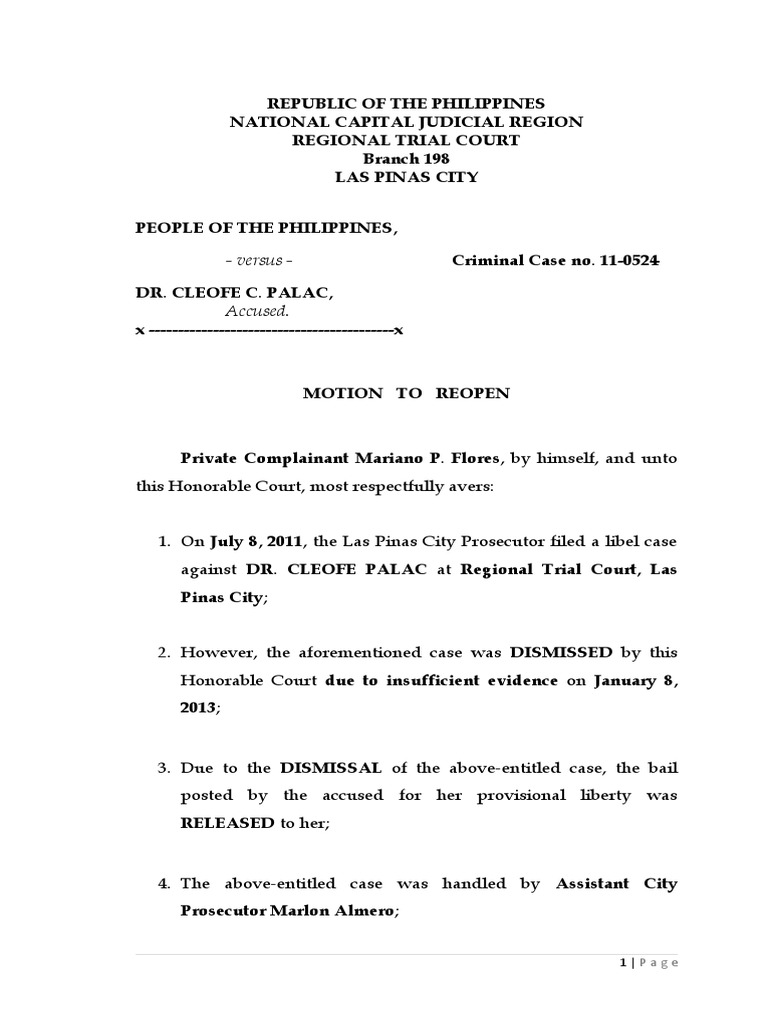Dealing with a Notice of Intent to Deny (NOID) can be a complex and daunting experience for individuals navigating the immigration landscape. These notices serve as crucial communications from the United States Citizenship and Immigration Services (USCIS), indicating that there are deficiencies in an application that could lead to a denial. Among the available options for responses, one that often arises is the Motion to Reopen. But how exactly does this work, and is it a viable strategy for addressing a NOID?
First, let’s unpack what a NOID entails. When USCIS issues a NOID, it does so based on specific grounds. This could be due to the absence of critical documentation, failure to demonstrate eligibility for the sought benefit, possible fraud concerns, or other substantial issues. Essentially, the agency is providing the applicant with a chance to rectify these deficiencies, an opportunity that is pivotal in producing a favorable outcome.
Responding to a NOID requires a meticulous and informed approach. One potential route is to file a Motion to Reopen, but this option is not without its nuances. A Motion to Reopen is essentially a formal request to reconsider a past decision made by USCIS on the grounds of new evidence or legal arguments that were not previously available. Importantly, this motion can only be filed after a case has been decided. However, in the context of a NOID, applicants may find themselves contemplating whether they should simply respond directly to the NOID or pursue a Motion to Reopen.
To further understand this decision-making process, it is essential to consider the criteria under which a Motion to Reopen can be submitted. The motion must be based on new evidence. This evidence must demonstrate that the prior decision was flawed or that the newly presented documentation sheds light on the circumstances that impacted the case negatively. Consequently, applicants are not merely allowed to repeat arguments or information already considered in the original application.
Next, let’s discuss the factors that might influence the decision to file a Motion to Reopen versus a standard response. If the deficiencies outlined in the NOID can be addressed through the submission of additional evidence or clarification of previously submitted documentation, then a direct response may be more pragmatic. This route allows applicants to present their case clearly, offering the evidence or explanations that USCIS seeks. For instance, if the NOID highlights missing tax documents, responding with those documents clearly and comprehensively would directly address the issue at hand.
Conversely, if there are significant new developments, such as changes in personal circumstances or new supportive documentation that was previously unattainable, a Motion to Reopen may be justified. For example, if additional proof emerges that significantly substantiates an applicant’s eligibility—such as new witness testimonials, legal documentation proving familial relationships, or employment verification—this could compel USCIS to reconsider its prior stance.
Time is another critical element to keep in mind. Once a NOID has been issued, it’s imperative that individuals respond promptly. The timeframe for submitting a response or a Motion to Reopen is usually limited to a specific period dictated by USCIS guidelines. Typically, applicants are allowed a grace period of 30 days to submit any further evidence. Procrastination in this window could drastically undermine one’s chances of a successful appeal.
Additionally, the underlying motivations behind a Motion to Reopen need careful assessment. It’s crucial to ensure that enough significant new evidence is present. Submitting a Motion to Reopen without solid justification could inadvertently expedite the denial process or prolong it unnecessarily. The desire for an appeals mechanism can often lead individuals to opt for a Motion to Reopen even when it may not be the best fit for their situation. Recognizing when to opt for a standard response versus this more formal request is a skill reliant on both strategy and circumstances.
Moreover, it’s valuable to enlist the expertise of an immigration attorney. When grappling with the complexities of a NOID and deciding on the best form of response, having a legal expert can substantially improve an applicant’s chances of success. An attorney’s role not only encompasses helping to collect and organize necessary documentation but also ensuring that all legal criteria for a Motion to Reopen are meticulously met. This partnership can alleviate much of the stress associated with immigration processes, which are often laden with intricacies that may not be apparent to laypersons.
In conclusion, while the question “Can you respond to a NOID with a Motion to Reopen?” necessitates nuanced consideration, understanding the nature of the NOID, the evidence at hand, and the timelines involved is paramount. A well-informed response is not merely about direct action; it’s about strategy, clarity, and careful action. Whether choosing to respond directly to the NOID or pursuing a Motion to Reopen, the key lies in the specifics of the situation.
Ultimately, a thoughtful and knowledgeable engagement with the NOID process can transform what seems to be an obstacle into a stepping stone for securing the desired immigration benefits. Thoroughly assessing the circumstances and seeking professional guidance when needed can make all the difference in navigating these challenging scenarios. Consistent diligence, tempered with patience and prudence, will empower applicants during one of the most critical junctures in their immigration journey.
